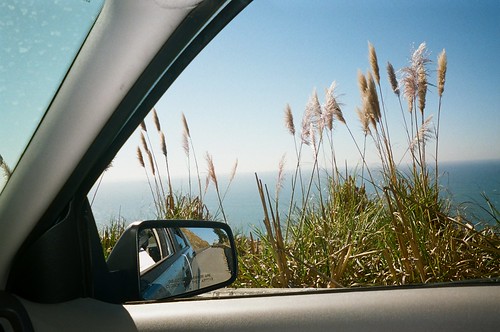Participants were invited to "create video and/or images that concretely demonstrate how understanding the content is informed and molded by how we consume that content and communicate visually". We were asked to tell a lie.
From Dean's blog: "Darren and I wanted to see if we could get our participants to play and explore with ideas around imagery. We were a little concerned it may not work due to time constraints, equipment and simply because it's not normally the format at the conference. We were both blown away with the quality, imagination and thinking that went into their work. ... Upon return the conversation about critical thinking, media literacy, quantity vs quality emerged. The strong takeaway for me was that a little play can lead to important conversations. " Participants were asked to create 'forced perspective' images.
View more presentations from Darren Kuropatwa.
Here's a collection with a similar premise from the Life Magazine Archives: Real or Fake?

It's set up like a game where the audience can vote, see how they measure up to other viewers, and find out the right answer. I guess this one gives new meaning to the phrase: 'elephant in the room'.
As I prepare for my own next conference, I find myself thinking back to this session and asking myself what made their mix 'just right'. They set the scene for learning from their own experiences, drew participants into a dialogue so the learning would be more personal, gave us enough time to create something new and interesting, kept the technology simple enough that it promoted learning rather than becoming a barrier to participation, and summarised the experience. I almost expected to be sent away with a homework assignment at the end (LOL). This session was proof of the fact that -- technology notwithstanding -- there are old school teaching skills that endure.



 Wilkes University
Wilkes University




No comments:
Post a Comment